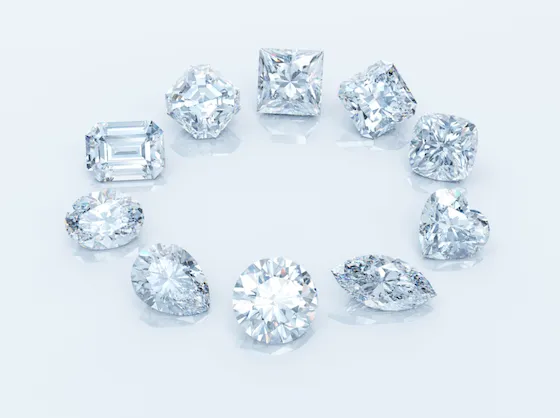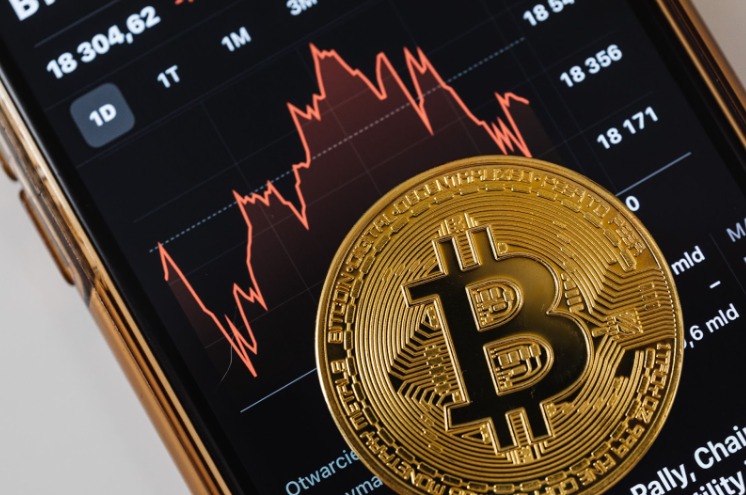In recent years, lab-grown diamonds have emerged as a popular alternative to natural diamonds, offering the same sparkling beauty at a fraction of the cost. If you’re looking to buy stunning diamonds without breaking the bank, this comprehensive guide will provide you with all the information you need to make an informed purchase. From understanding what lab diamonds are to finding the best deals, we’ve got you covered.
What Are Lab Diamonds?
Lab diamonds, also known as synthetic or cultured diamonds, are diamonds that are created in a laboratory setting rather than mined from the earth. These diamonds are chemically, physically, and optically identical to natural diamonds. The process of creating lab diamonds involves simulating the high-pressure, high-temperature conditions that occur in the Earth’s mantle, or by using a chemical vapor deposition (CVD) process.
The Benefits of Lab Diamonds
Cost-Effective: Lab diamonds are generally 20-40% cheaper than natural diamonds, making them a great option for budget-conscious buyers.
Ethically Sourced: Since lab diamonds are created in controlled environments, they do not have the ethical and environmental concerns associated with mining.
Quality and Variety: Lab diamonds come in a wide range of colors, sizes, and qualities, allowing you to find the perfect diamond for your needs.
How Are Lab Diamonds Made?
Lab diamonds are created using two primary methods:
High-Pressure High-Temperature (HPHT) Method
This method mimics the natural process of diamond formation by subjecting carbon to extreme pressure and temperature. A small diamond seed is placed in a chamber with carbon and subjected to temperatures of around 1500°C and pressures of 1.5 million pounds per square inch. Over a few weeks, the carbon crystallizes around the seed, forming a diamond.
Chemical Vapor Deposition (CVD) Method
In the CVD method, a diamond seed is placed in a vacuum chamber filled with carbon-rich gas. The gas is ionized into plasma, breaking down the carbon molecules, which then settle on the diamond seed, gradually forming a diamond layer by layer. This process allows for precise control over the diamond’s characteristics.
Choosing the Right Lab Diamond
When selecting a lab diamond, it’s essential to consider the 4 Cs: Carat, Cut, Color, and Clarity.
Carat
Carat refers to the weight of the diamond. While larger diamonds are more expensive, lab diamonds allow you to get a bigger stone for your budget compared to natural diamonds.
Cut
The cut of a diamond determines its brilliance and sparkle. Popular cuts include round, princess, emerald, and cushion. Ensure the diamond is cut well to maximize its shine.
Color
Diamonds are graded on a color scale from D (colorless) to Z (light yellow or brown). Lab diamonds are available in various colors, so choose one that suits your preference and budget.
Clarity
Clarity refers to the presence of internal or external imperfections, known as inclusions and blemishes. Lab diamonds typically have fewer inclusions than natural diamonds, making them appear clearer.
Best Places to Buy Lab Diamonds on a Budget
Online Retailers
James Allen: Known for its high-quality diamonds and 360-degree views, James Allen offers a vast selection of lab-grown diamonds at competitive prices.
Brilliant Earth: Specializing in ethically sourced diamonds, Brilliant Earth provides a wide range of lab-grown diamonds with detailed information on each stone.
Blue Nile: One of the largest online diamond retailers, Blue Nile offers a comprehensive selection of lab-grown diamonds with a price match guarantee.
Local Jewelers
Many local jewelers now offer lab-grown diamonds alongside their natural diamond collections. Visiting a local jeweler allows you to see the diamonds in person and get personalized service.
Wholesale Diamond Dealers
Wholesale dealers often provide the best prices for lab-grown diamonds. Buying from a wholesaler can save you a significant amount of money, especially if you purchase in bulk or have a custom design in mind.
Tips for Buying Lab Diamonds on a Budget
Compare Prices
Take the time to compare prices from different retailers. Online platforms often have tools that allow you to compare diamonds based on the 4 Cs, helping you find the best deal.
Look for Sales and Discounts
Many retailers offer sales and discounts, especially during holidays and special events. Signing up for newsletters from your favorite diamond retailers can keep you informed about upcoming promotions.
Consider Slightly Lower Grades
Opting for diamonds that are slightly lower in color or clarity grades can save you money without significantly affecting the stone’s appearance. For instance, a diamond with an H color grade and VS1 clarity can look just as stunning as a D color, IF clarity diamond, but at a lower cost.
Choose a Simpler Setting
The setting of your diamond can significantly impact the overall cost. Choosing a simpler setting lab grown diamonds, such as a classic solitaire, can help keep your budget in check while still showcasing the beauty of your lab diamond.
Buy Loose Diamonds
Purchasing loose diamonds and having them set in a custom piece of jewelry can often be more cost-effective than buying a pre-set piece. This approach also gives you more control over the final design.
Lab Diamonds vs. Natural Diamonds: Key Differences
While lab diamonds and natural diamonds are virtually indistinguishable to the naked eye, there are a few key differences to consider:
Origin
Natural diamonds are formed over billions of years in the Earth’s mantle, while lab diamonds are created in weeks in a controlled environment.
Price
Lab diamonds are generally more affordable than natural diamonds, offering the same quality at a lower cost.
Environmental and Ethical Impact
Lab diamonds have a significantly lower environmental impact and do not carry the ethical concerns associated with diamond mining.
Certification
Both lab and natural diamonds can be certified by reputable organizations like the Gemological Institute of America (GIA) and the International Gemological Institute (IGI). Ensure your lab diamond comes with a certification that verifies its quality and authenticity.
Maintaining Your Lab Diamond
To keep your lab diamond looking its best, follow these maintenance tips:
Regular Cleaning
Clean your diamond regularly using a mild soap and water solution. Avoid harsh chemicals that could damage the stone or its setting.
Professional Inspections
Have your diamond jewelry inspected by a professional jeweler at least once a year. This helps ensure that the setting remains secure and the diamond is free from damage.
Proper Storage
Store your diamond jewelry in a soft cloth or padded jewelry box to prevent scratches and other damage.
Insurance
Consider insuring your lab diamond jewelry to protect against loss, theft, or damage. Many jewelers offer insurance options, or you can add a rider to your homeowner’s insurance policy.
Conclusion
Lab diamonds offer an excellent opportunity to own a beautiful, high-quality diamond without the hefty price tag associated with natural diamonds. By understanding the creation process, the 4 Cs, and the best purchasing practices, you can confidently buy a lab diamond that suits your budget and preferences. Whether you’re looking for an engagement ring, a special gift, or a stunning piece of jewelry for yourself, lab diamonds on a budget provide a dazzling and cost-effective option.














